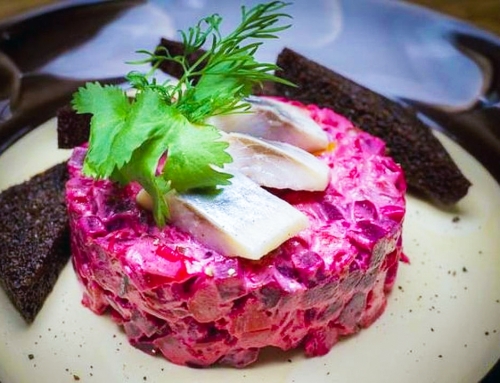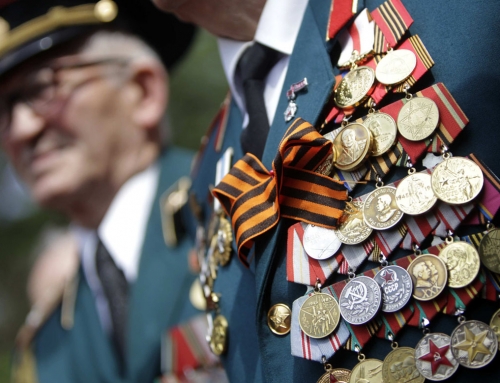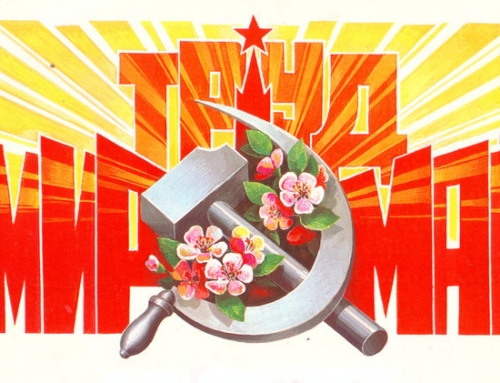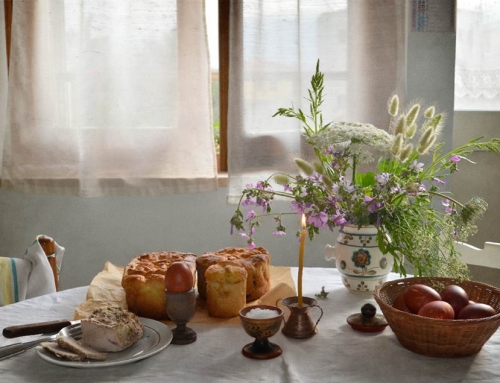Two weeks ago most of the Western world welcomed the New Year with celebrations, countdowns and popping champagne. This coming Tuesday, most Russians will get to do it again – sort of.
The second new year or “old” New Year?
For many Russians the winter holidays are not finished until January 14 when they celebrate the ‘Old New Year’ or Staryi Novyi God. The unofficial holiday marks the changing of the year according to the Julian calendar, rather than the Gregorian calendar used across the globe today.
So why do Russians get to celebrate the New Year twice? And what’s with the discrepancy in dates?
In the old days of the Kievan Rus’ – a loose federation of East Slavic tribes in Europe – the New Year was celebrated according to the pagan traditions in early Spring, and marked the beginning of a new agricultural cycle. By the 15th Century the Holiday was officially moved to September, honoring the conclusion of a fruitful harvest season. Ancient customs gave way to more modern traditions under the rule of Peter the Great.
The Russian Tsar looked to Europe as a source of complete country modernization, including acceptance of European practices for observing the New Year in January. However, as Peter was establishing New Year celebrations European-style, most European countries were adopting a new calendar – proposed by Pope Gregory, whose name it bears to this day.
The new Gregorian calendar approximated a full calendar year as roughly 365 days – dropping several extra days out from the old calendar – and beginning the countdown on January 1st.
And so it was, while Peter’s Orthodox Russia moved the official New Year to January 1st following the old Julian calendar, Protestant Europe shifted to a new Gregorian calendar, creating a two week gap between the ‘New’ New Year and the ‘Old’ New Year. This lasted until 1918 when Russia as a country officially adopted the modern calendar, while the Orthodox Church continued to honor all religious feasts according to the Julian calendar. That is why the ‘Old’ New Year is still celebrated in countries where the Orthodox Church has a prevailing presence, including Russia, Ukraine, Belarus, and Baltic countries like Serbia, Montenegro, and Former Yugoslav Republic of Macedonia.
You can read more about Russian calendar reforms in our previous post.
Today, the two week long celebrations of winter holidays are a welcomed phenomenon in Russia and other Former Soviet Republics. They are also an homage to the good ol’ times when people got together with friends and family at the dinner table full of traditional foods, zakuski (appetizers) and iconic drinks like Sovetskoe Shampanskoe, to reflect on the accomplishments of the year past, and toast to a prosperous and successful year ahead.






